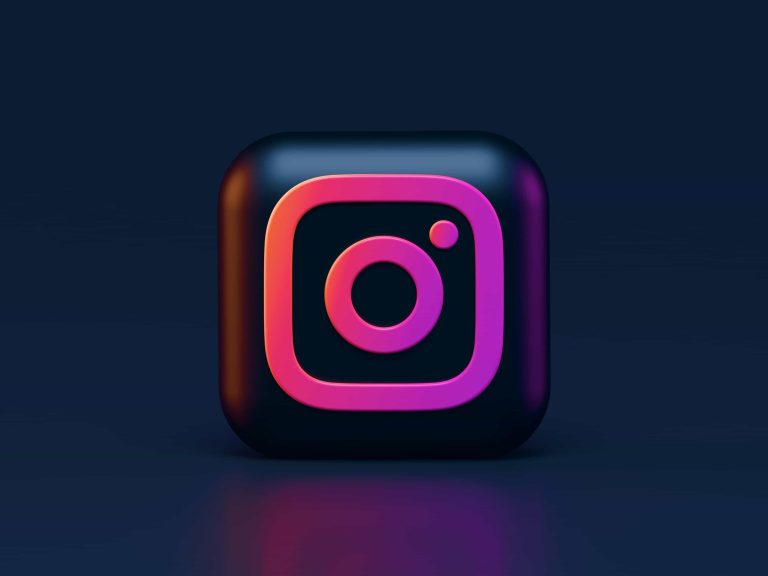How to Stand Out on Every Social Media Platform in 2025 (As a Local Business)
Let’s be honest: social media has never been harder — or more important.
For local businesses, it’s no longer enough to simply be “on” Facebook, Instagram, TikTok, or YouTube. The days of posting a few photos a week and hoping for likes are over. What used to work now gets ignored. And with every algorithm update, shifting platform trend, and surge of new content, standing out feels harder than ever.
But here’s the good news: you don’t need to be a full-time influencer to make social media work. You just need the right strategy for the right platform — and the confidence to stop blending in.
This article is written for local businesses that are ready to take social seriously. Below, I’ll walk you through how I’d approach Facebook, Instagram, TikTok, and YouTube — platform by platform — with specific, intentional moves designed to grab attention and convert followers into paying customers.
Why Your Local Social Media Strategy Needs a Rethink in 2025
Most local businesses use a “one-size-fits-all” approach across platforms.
They post the same content everywhere — maybe a flyer here, a promo there, or a quick behind-the-scenes photo. But each social platform behaves differently. And each rewards specific types of content, formats, and engagement.
That means success in 2025 requires more than consistency — it requires channel-specific creativity.
Whether you’re a chiropractor in Atlanta, a bakery in Cleveland, or a dog groomer in Boise, here’s what I’d do on each platform to stand out, build trust, and turn scrolling into action.
Facebook: Reclaim Your Local Authority
Facebook is still the backbone of local visibility — especially for service-based businesses. It’s where customers check reviews, hours, photos, and events. But it’s also one of the most misused platforms by small businesses.
Instead of static posts or generic promotions, I’d lean into conversation and credibility.
What to do:
- Use storytelling posts, not announcements. A post that begins “Today started like any other…” with a short story about helping a customer will always outperform “Check out our spring special.”
- Go live once a month. Use Facebook Live to answer FAQs, show behind-the-scenes processes, or walk through seasonal offerings.
- Engage in local groups. Not to pitch — to help. If someone asks for “a good HVAC company in town,” and you’ve been the business offering helpful advice for months, guess who gets recommended?
Facebook also boosts visibility for Pages with fast response times and consistent activity. Treat your Page like a hub — post regularly, update photos, respond quickly, and make sure your CTAs (call, message, book) are crystal clear.
Instagram: Show Your Brand’s Personality (Not Just Your Product)

Instagram used to be about aesthetic perfection — now it’s about real connection. Users still want beautiful visuals, but they care more about transparency, personality, and storytelling than perfectly curated grids.
For local businesses, Instagram is the place to make people feel like they know you — not just what you sell.
What to do:
- Use Stories for daily interaction. These vanish in 24 hours, which means you can be raw, personal, and imperfect. Polls, quick updates, and behind-the-scenes content build trust fast.
- Lean into carousel posts. Instead of one polished image, use a 5-slide post to tell a mini story — like “How we prep for a full day of clients” or “What customers don’t see behind the counter.”
- Use Reels to teach, show, or entertain. You don’t need trending audio — you need clarity. Show a quick before-and-after, demonstrate how something works, or answer a frequently asked question on camera.
Most importantly, don’t post just to stay “active.” Post to reveal who you are. Show the faces behind your business, your values, and the customer experience you’re proud of. People buy from people they trust.
TikTok: Be the Local Expert (Not the Local Commercial)
TikTok isn’t just for Gen Z dances — it’s a serious discovery engine that rewards value, authenticity, and creativity. And while it may seem overwhelming, it’s actually one of the easiest platforms to grow on if you’re willing to stop sounding like an ad.
You don’t need fancy gear or long videos. You need a hook, a purpose, and a real voice.
What to do:
- Start with “watch this if…” hooks. For example: “Watch this if your AC stopped working and you don’t know why.”
- Film with your phone, not a DSLR. TikTok favors native, casual-looking content that feels personal.
- Do quick tips, common myths, or show your process. Whether you’re a hair stylist showing a color correction or a roofer showing how to spot damage before a storm, share content that solves real problems.
- Post often and test fast. You’ll know within 24 hours if something hits. Double down on what works, drop what doesn’t.
The best-performing TikTok videos for local businesses are rarely promotional. They’re educational, entertaining, or relatable. Think “what it’s really like” or “here’s how to do this right.” When you stop trying to sell and just show up, the results come faster.
YouTube: Start Small, Then Build Your Library
YouTube is still the king of long-form, evergreen content — and thanks to YouTube Shorts, it now has a fast track to attention too. For local businesses, YouTube is less about going viral and more about showing up in search for months (or years) after you post.
If I were starting fresh in 2025, I’d begin with Shorts — and focus on building a searchable library of trust-building content.
What to do:
- Create Shorts with strong titles. ‘What Your AC Sounds Like Before It Dies’ is way more clickable than ‘Meet Our Technicians!’
- Answer the questions your customers are Googling. What’s the cost of a dental exam? How often should I trim my trees? What’s the best time to repaint a home’s exterior? Those are perfect for video.
- Batch film your content. Record 3–4 videos in one day, edit them simply, and release them weekly. Your audience will build over time — consistency matters more than polish.
Once you have a few Shorts gaining traction, you can build longer content: interviews, tutorials, before-and-afters, or customer walkthroughs.
Remember, YouTube isn’t just another platform — it’s a search engine. Treat it that way.
Final Thought: The Goal Isn’t Just Posting — It’s Presence
If there’s one thing I’ve learned, it’s this:
You don’t win on social by being everywhere. You win by being strategic where it counts.
Each platform has its own rules, rhythms, and rewards. And in 2025, local businesses that understand how to show up — not just that they need to — will stand out faster, grow faster, and build customer trust faster.
So no, you don’t need to dance, go viral, or post seven days a week.
You just need to show up on the right platforms, in the right way, with the right intent.
That’s how you stop blending in — and start building a social presence that actually pays off.







